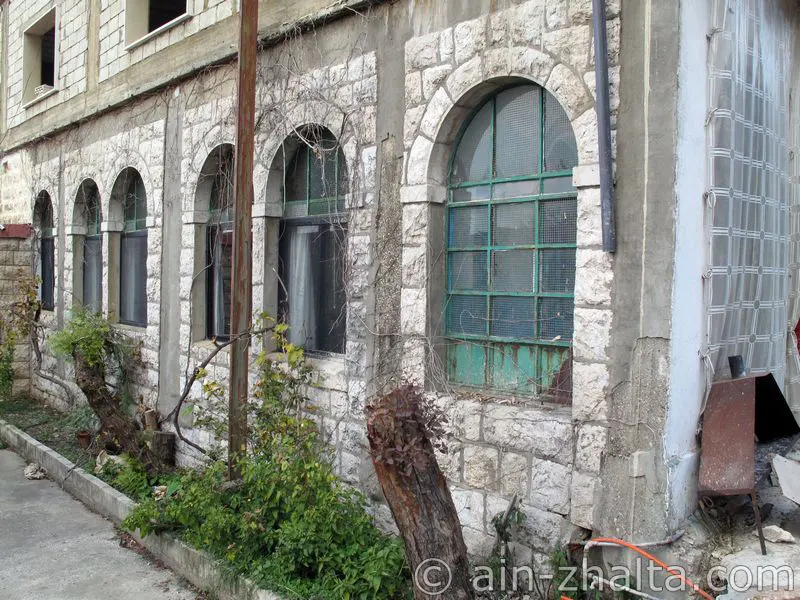
The Druzes (or Druses) are among the most controversial religious sects in the Middle-East. Their faith is guarded by a select few while the majority of the Druze population follows a way of life and shares a world view based on what the keepers of the "faith" prescribe. Early scholarly work declared that Druses originated with the Crusaders and owe their name to the counts of Dreux; a theory that is no longer widely accepted today.
According to Wikipedia, the Druze religion developed out of Ismaili Islam, a philosophical movement based in the Fatimid Caliphate, in the 10th century, a time of particular cultural wealth. The religion did not attempt to reform mainstream Islam but to create a whole new religious body influenced by Greek philosophy, Gnosticism and Christianity, among others.

Druzes refer to themselves as “Muwahidoun” or Unitarians. Historically, the sect was established by Al-Hakim, the sixth Fatimid Caliph who ruled the Fatimid state from 996 to 1021 AD. The Fatimid ruler was born in 985 and became Caliph when he was only 11 years old. He is considered the creator (Imam) of the Tawhid faith which revolutionized the understanding of many spiritual and social concepts in previously known faiths.
Most Druze consider themselves Muslims. Mainstream Islam however does not accept them as a part of Islam – they are considered heretic.

In April 2006, the spiritual leader of the Druze community in Israel, Sheikh Mowafak Tarif, signed a declaration calling on all non-Jews in Israel to observe the Seven Noahide Laws as laid down in the Bible and expounded upon in tradition. The declaration includes the commitment to make a better humane world based on the Seven Noachide Commandments and the values they represent commanded by the Creator to all mankind through Moses on Mount Sinai.
Support for the spread of the Seven Noahide Commandments by the Druze leaders reflects the Biblical narrative itself. The Druze community reveres the non-Jewish father-in-law of Moses, Jethro, whom Muslim Arabs call Shu’ayb. According to the Biblical narrative, Jethro joined and assisted the Jewish people in the desert during the Exodus, accepted monotheism, but ultimately rejoined his own people. In fact, the tomb of Jethro in Tiberias is the most important religious site for the Druze community.
Druze religious symbols have five colors consisting of Green, Red, Yellow, Blue and White respectively. These colors represent the five wise prophets of Al-Mowahideen.
- Green (Al-Akl) symbolizes "the mind," Christ's Consciousness, the pristine mirror of truth, Plato's sun whose light makes knowledge of the truth possible.
- Red (Al-Nafs) symbolizes "the soul," the moon (the gentle reflector of the sun) the receiver of the light, and the witness of the truth in every age.
- Yellow (Al-Kalima) symbolizes "the word", who's the mediator between Plato's realm of eternity and Aristotle's realm of material existence. "The word," after all is the purest form of expression and the softest embodiment of the truth.
- Blue (Al-Sabik) symbolizes the potential, the mental power of the will to be-come.
- White (Al-Tali) symbolizes the actualization of the potential, the be-coming of the blue power, the full materialization of Plato's world of forms in the world of matter.



El Sit Cha’wane is a famous figure in the Druze religion. She was a model of devotion and virtue. When she was 10, her father was asked to join the monks. Because of her love for god, she insisted on going with him and therefore had to disguise herself as a man.
She was unfairly sentenced with a crime she could not have committed. Revealing her real identity would have set her free, but she did not want to betray the trust the monks had in her and her father.
She lived her life full of sorrow and pain, but with the same devotion towards God. It was only when she died that the truth was discovered.
A shrine was built in her memory near Ain Zhalta and many people visit it to obtain blessings and make vows.



